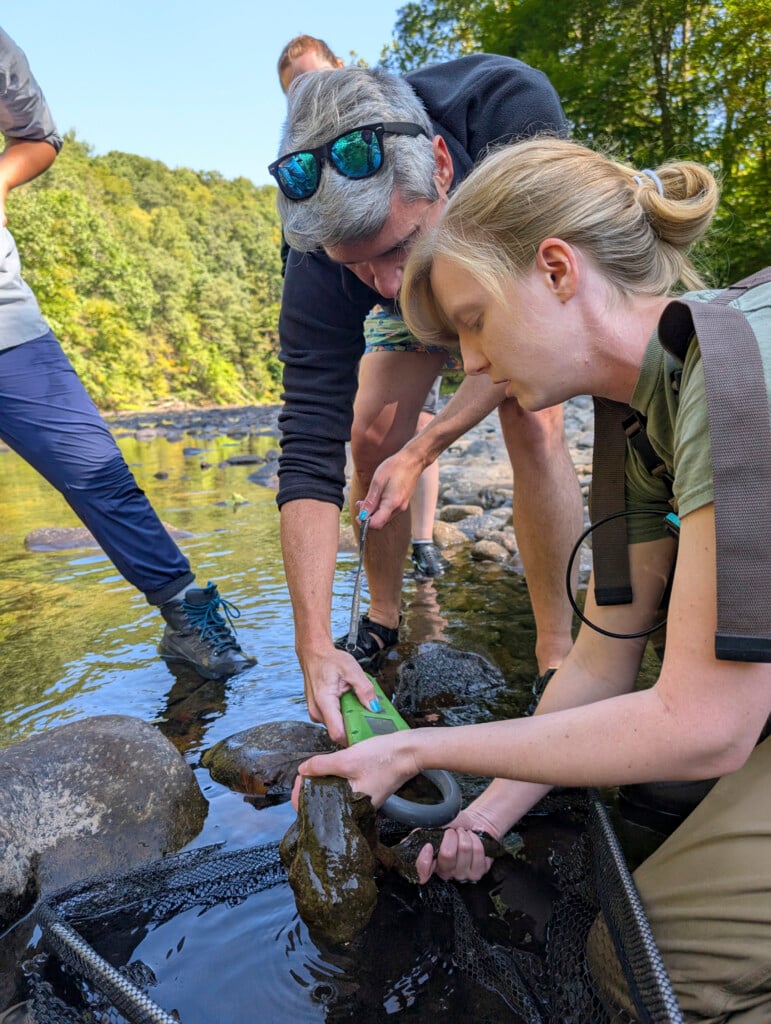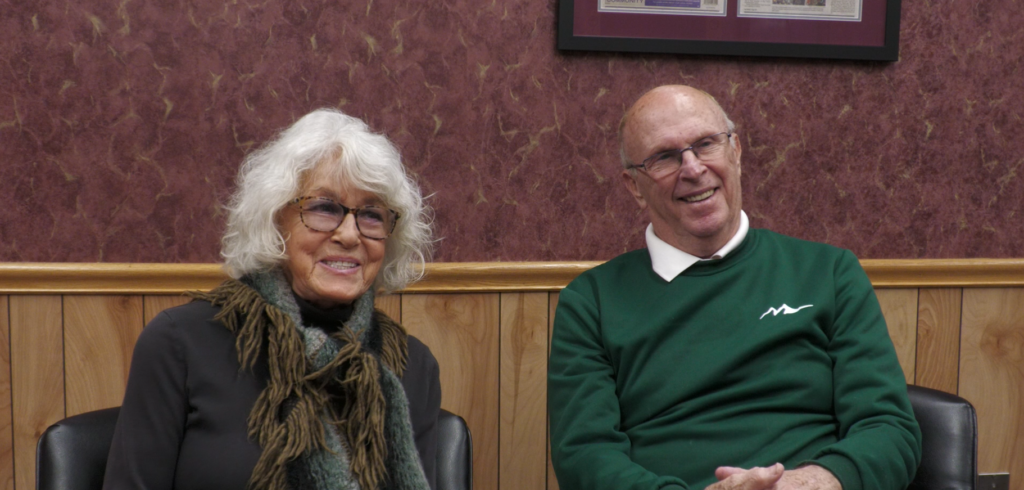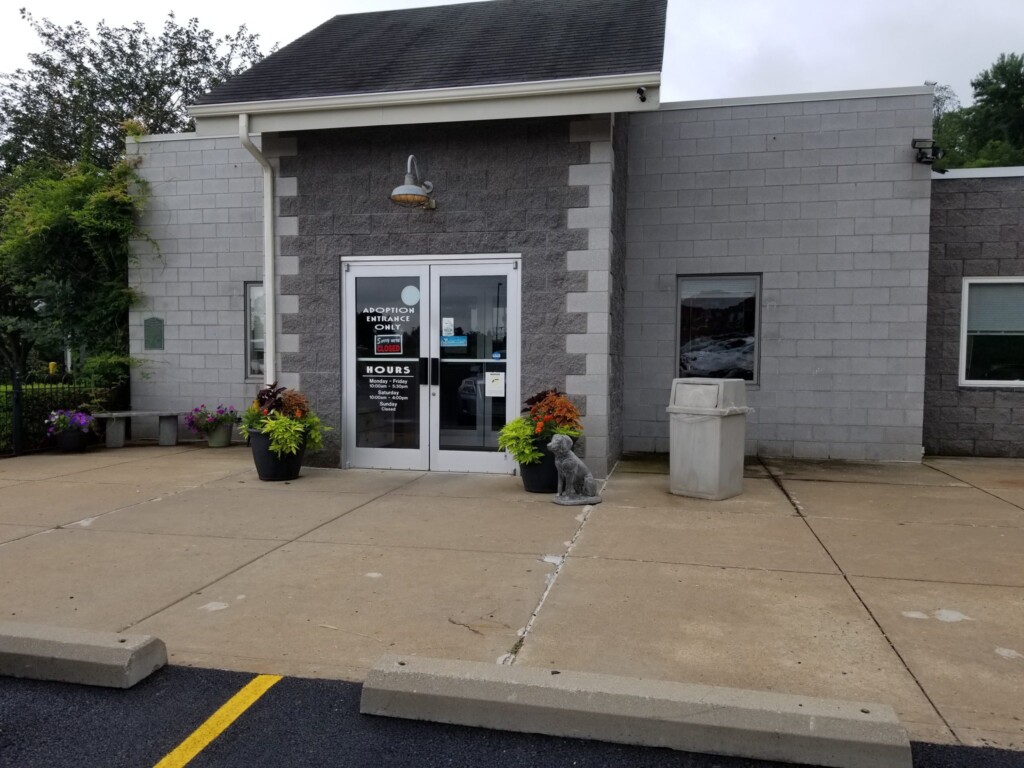The Wilds and Columbus Zoo Release Endangered Hellbenders

POWELL, OH – This summer, the Columbus Zoo and Aquarium and The Wilds released a total of 116 rare and endangered giant salamanders into protected waterways of eastern Ohio.
The juvenile eastern hellbenders are part of a collaborative scientific effort to recover the species, which needs clean water and healthy habitat to survive. Hellbenders are North America’s largest amphibians, affectionately nicknamed “snot otters” for their slippery protective coating. Reaching up to 2 feet in length, these fully aquatic salamanders live under submerged rocks in Ohio’s clean, free‑flowing streams. Decades of habitat loss, pollution, and sedimentation have driven dramatic declines in Ohio and neighboring states, putting the species at risk.
A statewide recovery effort is led by the Ohio Hellbender Partnership, which includes the Columbus Zoo, The Wilds, The Ohio State University, other Ohio zoos, and academic and government organizations. For more than a decade, teams at the Columbus Zoo and The Wilds have reared young hellbenders from eggs collected within the species’ native range. The animals are monitored in a lab until hatching, hand-reared until large enough to improve post‑release survival and tagged for monitoring before release. Hellbenders raised at the Columbus Zoo are translocated to high‑quality habitats in eastern Ohio while hellbenders raised at The Wilds are returned to streams mainly in West Virginia.
Over 2,000 hellbenders have been released in Ohio since 2012 by the Columbus Zoo and The Wilds, with over 350 hellbenders released just last year alone. In 2023, researchers also documented wild reproduction by previously released hellbenders for the first time—a major milestone for the program.
“This is quiet work that adds up,” said Greg Lipps, Conservation Biologist at Columbus Zoo and Aquarium. “One stream, one release, one more sign that clean water and wildlife can thrive together in our community. We raise these animals for years and then let them slip back under the rocks that shelter them. It takes patience, careful science and many hands, and we are grateful to our partners and neighbors who care for these waters with us.”
“At The Wilds, we see firsthand how collaboration and long‑term care translate into significant gains for imperiled species like the hellbender,” said Genelle Uhrig, director of ecology at The Wilds. “Returning robust, healthy juveniles to pristine streams is only possible because of our partners and the communities committed to clean water. We’re encouraged by signs of natural reproduction and remain focused on scaling this effort in the years ahead.”
With support from partners, teams also installed 30 hellbender huts that add to the over 100 that are already in place within Ohio. These huts give researchers safe access to animals and eggs often unreachable beneath large rocks and enable monitoring in turbid water.19 of the pre-existing huts were found to already to be inhabited, two with eggs present. Crews also collected over 2,000 eggs from three nests to support headstarting and again contributed eggs to Indiana’s recovery program. Expanded surveys at 32 sites across 10 Ohio waterways documented 74 hellbenders, including an individual first marked in 2013 now residing in a hut, which is evidence that long-term, science-led stewardship is delivering results.
Photo Credit: Grahm S. Jones, Columbus Zoo and Aquarium





